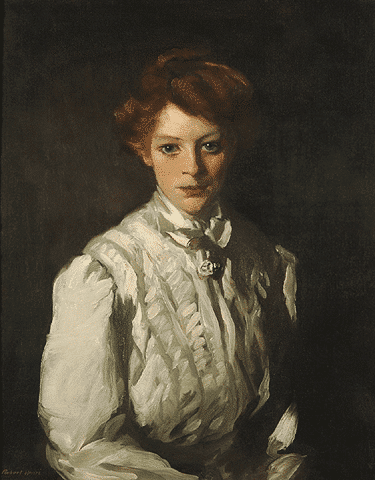Spartanburg Art Museum is dedicated to making art accessible to all people in our community and beyond. We celebrate pluralism, a quality inherent within contemporary art. We strive to present a broad range of exhibitions, programs, and educational offerings
The mission of the Spartanburg Art Museum is to advance contemporary visual arts by inspiring and engaging diverse audiences through exhibitions and education. As important to this mission as assembling varied exhibitions of the highest-quality contemporary and historic art in the Museum’s gallery spaces, is collecting individual works or groups of work representative of such trends. While preserving such works for future generations, the Museum also endeavors to make them available to current ones in ways that advance its stated mission.
As of 2021, the Spartanburg Art Museum’s Permanent Collection consists of over 1100 objects, including drawings, paintings, prints, sculptures, rare books, and other artifacts.
The Museum’s Board of Directors, staff, and volunteers are committed to championing policies and best practices that empower an accessible environment across SAM’s programs and events.

